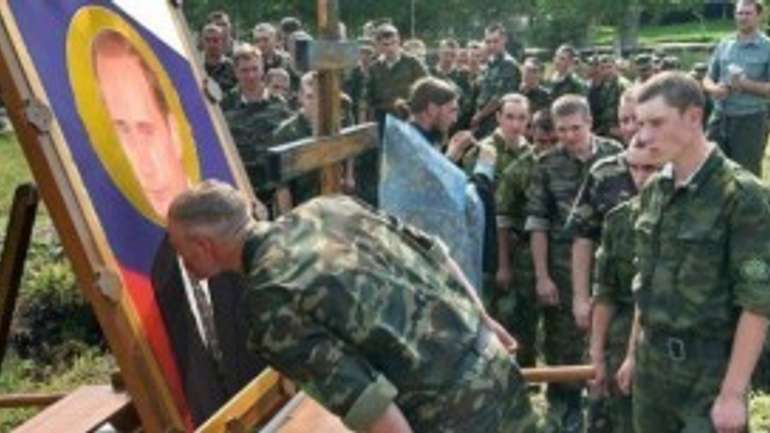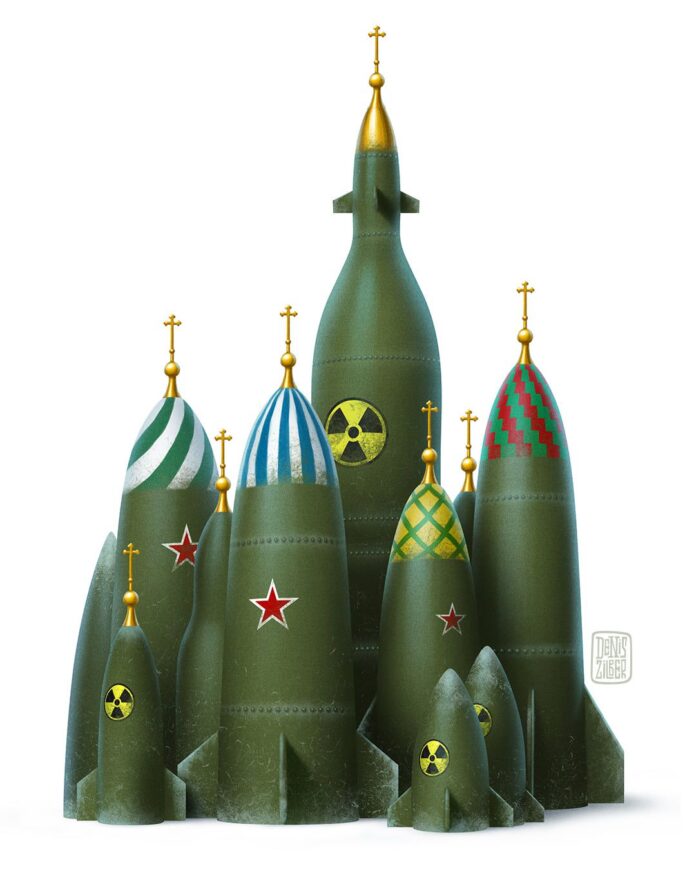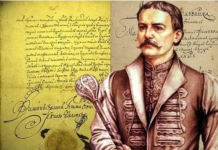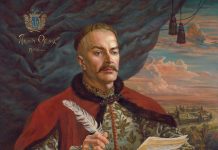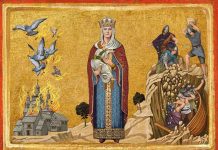Kathryn David, a historian with the Office of the Historian, US Department of State: “There is another critical legacy of the Soviet experiment with official religion that lives on. Many of the men who serve as hierarchs in some of the most important religious institutions in the former Soviet Union received their theological education and clerical training in the strange world of Soviet official religion. They attended Soviet-sanctioned seminaries and led liturgies in state-owned sacred properties. For example, Patriarch Kirill, the head of the Russian Orthodox Church today, attended a Soviet-approved seminary in Leningrad and was selected by Soviet authorities to represent the USSR to the World Council of Churches as the representative from the Moscow Patriarchate, a position he held from the early 1970s into the ’90s. Often when observers bring up this information, it elicits a great deal of hand-wringing and condemnation over the ties between official religion and the KGB. As these men preside over ceremonies to commemorate the sacrifices of Soviet martyrs, could it be the case that they were the ones responsible for informing on them? It is clear that the tale of official religion is more complex than that. Memoirs and oral histories of those involved in official religion have described their relationship with Soviet officialdom, including the secret police, as a negotiation between what needed to be sacrificed to maintain a legalised existence, and what lines they would not cross in order to maintain their faith and dignity. In this way, the official clergy resembled many other Soviet people faced with a series of impossible choices.
Having this shared experience clearly informs the role that religious institutions play in formerly Soviet countries. It is this context that helps explain the outsized role religious institutions have played in Russia’s justification for its war against Ukraine, especially in the wake of the full-scale invasion of February 2022. Over his time as Russia’s leader, Vladimir Putin has cultivated a close relationship with the Russian Orthodox Church and the leader of the Moscow Patriarchate, Patriarch Kirill, who has held that post since 2009. The relationship between the two institutions began as mutually beneficial. The Church was a key legitimiser of Putin’s ‘traditional values’ agenda that helped buttress Putin’s support, even as Russia’s economy began an inauspicious downturn. In exchange, Putin ensured that the Church could control lucrative properties and state assets in the name of post-Soviet property restitution. In 2014, when Russia sought a justification for annexing Crimea, Putin offered a familiar narrative: the idea that his territorial grab should be seen as a restoration of the Russian Orthodox world, using the Church to legitimise his worldview. In February 2022 when Russia launched its full-scale invasion of Ukraine, Putin returned to this framing. Not only has Patriarch Kirill supported this narrative but he has even gone a step further, endorsing the war as being fought for a just cause, the unity of the Russian Orthodox world, and referring to Russian soldiers killed as martyrs in this holy war. Whether Patriarch Kirill truly believes this or not, it is clear that his own background in the official Russian Orthodox Church overseen by the Soviet state informs his decision to support the war in Ukraine. The idea that religious institutions exist to serve the political goals of the state can be traced back to the complexities of Soviet life. It is wrong to ignore the Soviet attempts to reconcile with religion, or dismiss them as temporary measures. The Soviet Union’s legacy in the spiritual lives of millions of people is much more than a story of repression. Religious life did not just exist on the margins of the Soviet Union or in the homes of dissidents and martyrs. It was a sphere that the state tried to control and use for its own ends. And while the Soviet experiment with religion may not have accomplished what it set out to do, the values and assumptions behind it persist. They persist in how post-Soviet leaders mobilise religious ties to claim people and lands, how believers recognise the political implications of their religious affiliations, and in the sermons delivered by priests sent to annexed territories. Contrary to stereotypes, the religious life of the Soviet Union remains alive and active in the world.”
In April of 2024, Swiss media Sonntagszeitung and Le Matin Dimanche announced that they received access to the Police materials in the national archive of Switzerland and that according to those files the future Patriarch Kirill worked for the KGB/FSB.
